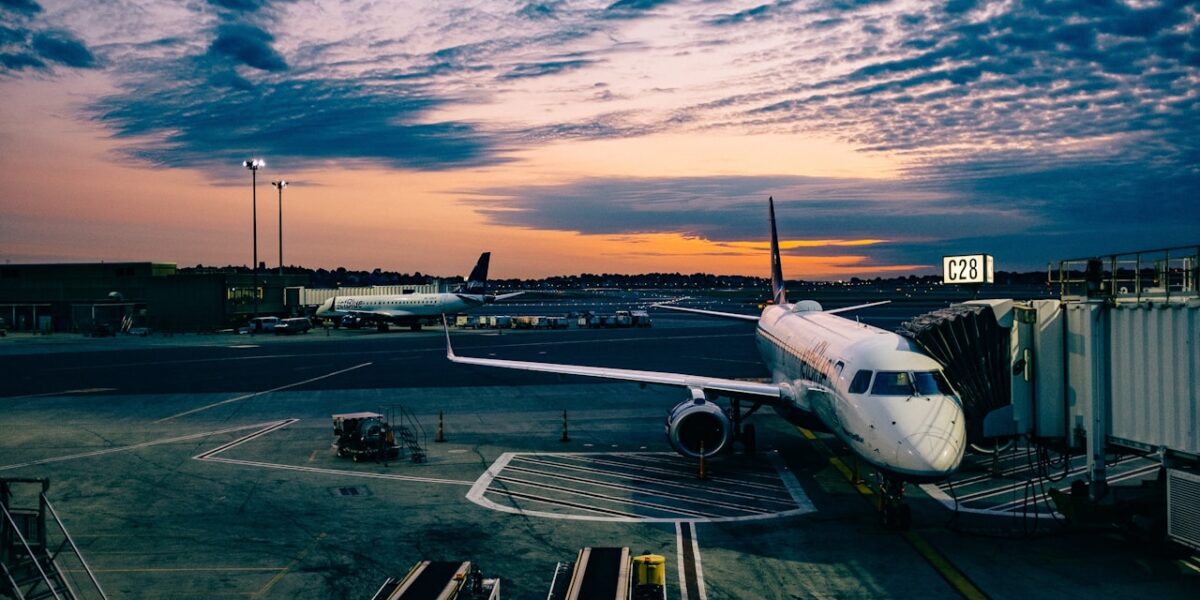Green Airline: The Future of Sustainable Aviation
Green Airline: The Future of Sustainable Aviation
The aviation industry is under pressure to reduce its environmental footprint. Airlines contribute significantly to global carbon emissions. This has led to increased interest in creating more sustainable and eco-friendly practices. Enter the concept of a green airline, which aims to implement innovative technologies and strategies to minimize ecological impact.

Technological Innovations
Electric aircraft are one of the most promising innovations. These planes use electric propulsion, which eliminates emissions during flights. Companies like Eviation and Pipistrel are leading the charge in this area. Electric aircraft are primarily designed for short flights due to current battery limitations. However, advancements in battery technology could extend their range.
Hybrid aircraft are another development. These planes use a combination of traditional fuel and electric power. They aim to reduce fuel consumption and emissions. Airbus is exploring this technology with its E-Fan X project. Hybrid solutions could serve as a transitional technology while fully electric systems are being perfected.
Biofuels made from renewable resources are also gaining traction. They can reduce the carbon footprint of flights significantly. Airlines like KLM and United are already using biofuels on some routes. Biofuels offer a near-term solution to reduce emissions as other technologies develop.
Operational Strategies
Fuel efficiency can be improved through better flight planning. Airlines can optimize routes and reduce unnecessary fuel burn. This reduces emissions and costs. Real-time data and analytics help in making these adjustments. Airlines like Delta and Qantas have been successful in implementing these strategies.
Weight reduction is another focus area. Reducing the weight of aircraft leads to lower fuel consumption. Lighter materials and smarter design choices contribute to this. Airlines are using carbon fiber composites and other advanced materials. This approach has been adopted by Boeing and Airbus in their latest models.
Reducing idle time on the runway also helps. By minimizing the time planes spend on the ground with engines running, emissions drop. This involves better scheduling and more efficient boarding processes.
Infrastructure and Ground Operations
Airports can also support green initiatives. Electrifying ground support equipment significantly reduces emissions. Electric baggage carts and ground power units are examples. Airports like Schiphol and Heathrow are leading in adopting these technologies.
Investing in sustainable infrastructure is crucial. Solar panels and wind turbines can provide clean energy for airport operations. Some airports are building green terminals designed to be energy-efficient and environmentally friendly.
Government Policies and Regulations
Government regulations play a crucial role in driving change. Carbon pricing and emissions trading schemes incentivize airlines to reduce emissions. The European Union Emission Trading Scheme (EU ETS) is a good example. It requires airlines operating in Europe to monitor and report their emissions.
Subsidies and incentives for research and development can also speed up the adoption of green technologies. Governments can support pilot projects and innovation through grants.
International cooperation is essential. The International Civil Aviation Organization (ICAO) has set ambitious goals for reducing aviation emissions. The Carbon Offsetting and Reduction Scheme for International Aviation (CORSIA) aims for carbon-neutral growth from 2020.
Challenges and Opportunities
One major challenge is the high cost of developing new technologies. Electric and hybrid aircraft require significant investment in research and infrastructure. The transition to sustainable fuels also involves costs. Airlines need to balance these investments with profitability.
Public perception and demand also influence progress. Travelers are becoming more environmentally conscious. Airlines that invest in green technologies can attract more customers who prioritize sustainability.
Collaboration across the industry is necessary. Airlines, manufacturers, airports, and governments need to work together. Sharing knowledge and resources can lead to faster advancements.
Case Studies
Norwegian Air has committed to reducing carbon emissions by 45% by 2030. They are investing in new fuel-efficient aircraft and exploring the use of sustainable biofuels.
EasyJet is working with Wright Electric to develop electric aircraft for short-haul flights. Their goal is to introduce electric planes within the next decade.
Finnair has adopted numerous measures to become a more sustainable airline. These include using biofuels, optimizing flight routes, and investing in modern, fuel-efficient aircraft.
The Role of Passengers
Passengers can contribute to greener aviation by making informed choices. Opting for direct flights reduces the number of takeoffs and landings, which are the most fuel-intensive parts of a journey. Supporting airlines that invest in sustainability sends a strong message to the industry.
Offsetting carbon emissions from flights is another option. Many airlines offer passengers the chance to compensate for their share of emissions.
The Future of Green Airlines
The push towards greener aviation is only expected to grow. Technological advancements and regulatory pressures are driving this change. Airlines that adapt will benefit from operational efficiencies and enhanced brand reputation. The path to sustainability is complex, but the potential rewards are significant.
Related Articles
Continue exploring:



